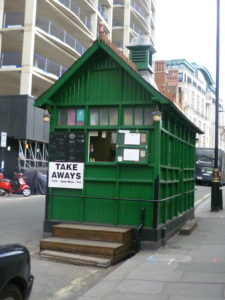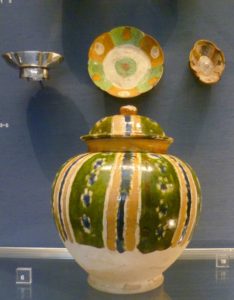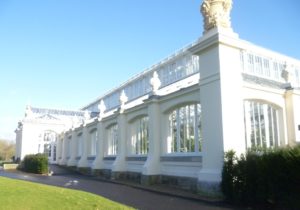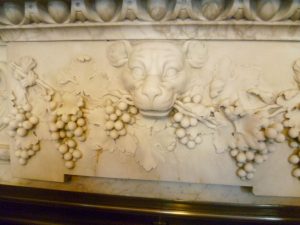Recently, I re-visited Westminster Abbey; I hadn’t been there for years – the last time I went, there were few visitors and you were allowed to go wherever you wanted. What I remembered was the soaring Gothic architecture and the wonderful fan vaulting of the ceiling. I loved St Edward’s shrine and the various chapels of the early English kings and queens; and I was able to wander round and enjoy the peaceful atmosphere of 800 years of prayer, largely uninterrupted.
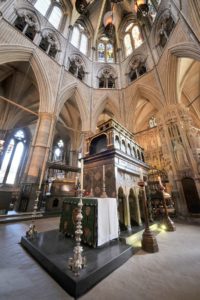
St Edward’s the Confessor’s shrine.
Continue reading Westminster Abbey
Please share this page...
